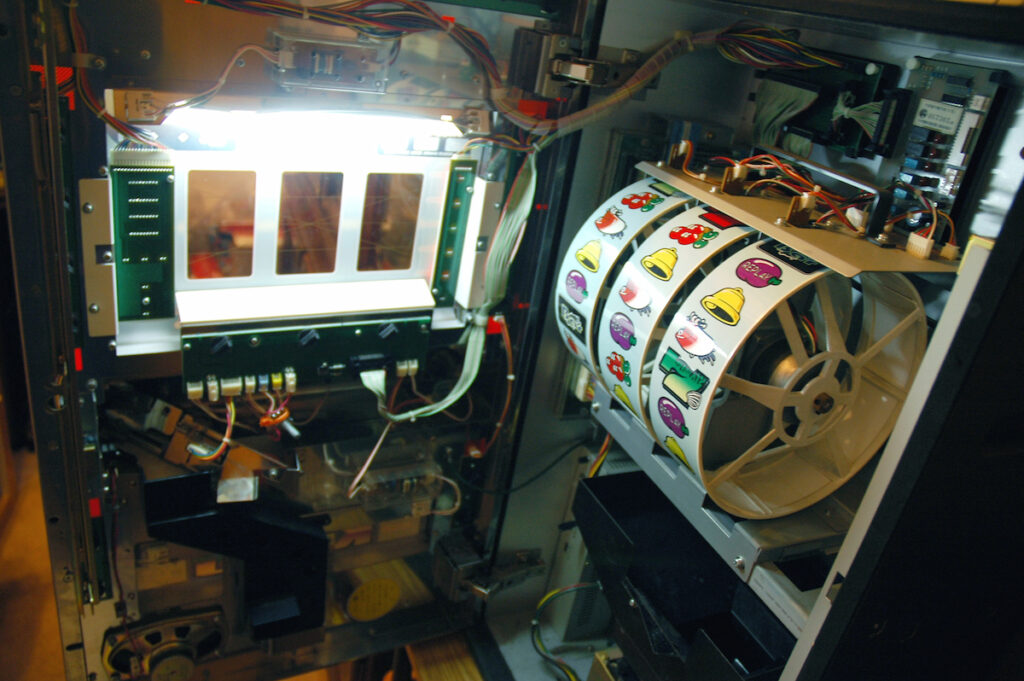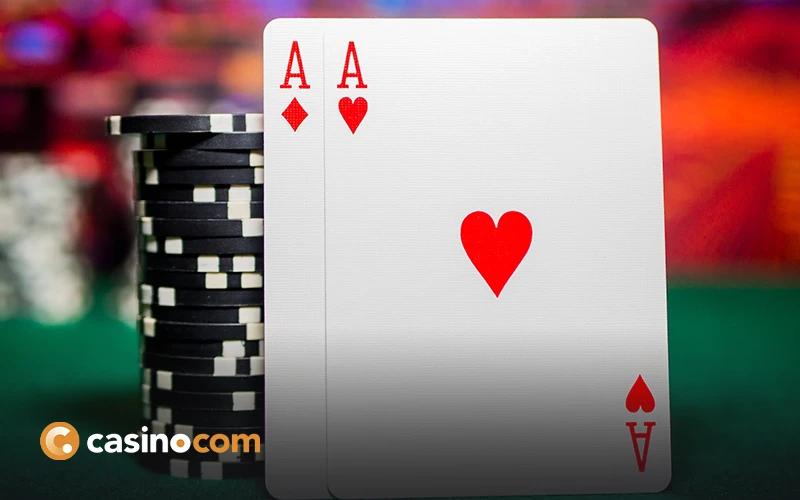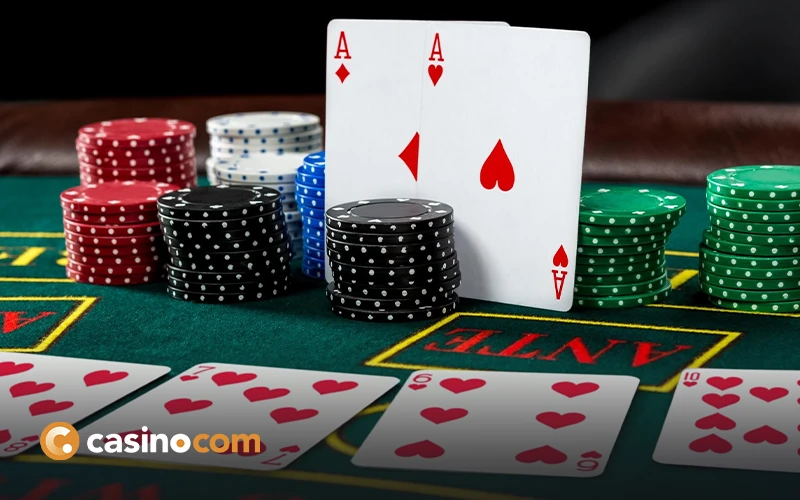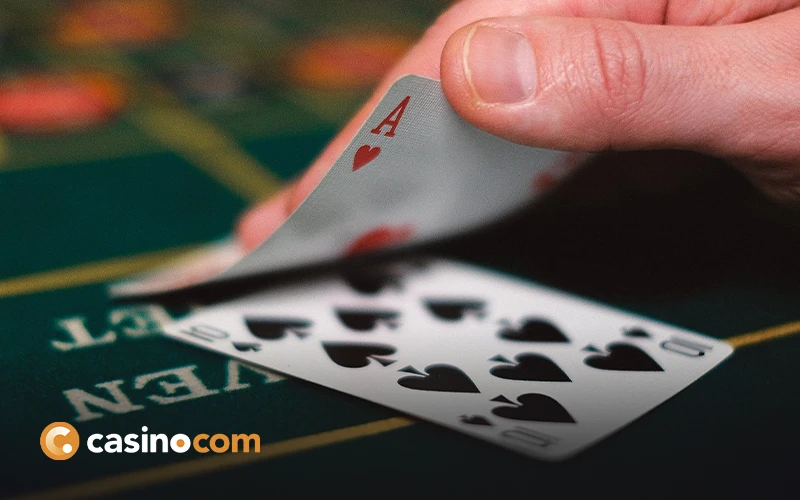Slot machines were first invented in San Francisco by a car mechanic who was looking to provide entertainment for his customers as they were waiting for their cars to be fixed. He made a cast iron cabinet that housed 3 mechanically spinning reels. The reels had multiple symbols on them, and if you were lucky enough to see the same 3 symbols on all 3 reels, you would be a winner!
Slot machines have now evolved and gained massive popularity. These machines are now run by computers that can be found primarily in casinos, but also in many unlikely places from arcades to local pubs. These slot machines are now technological devices that use advanced software.
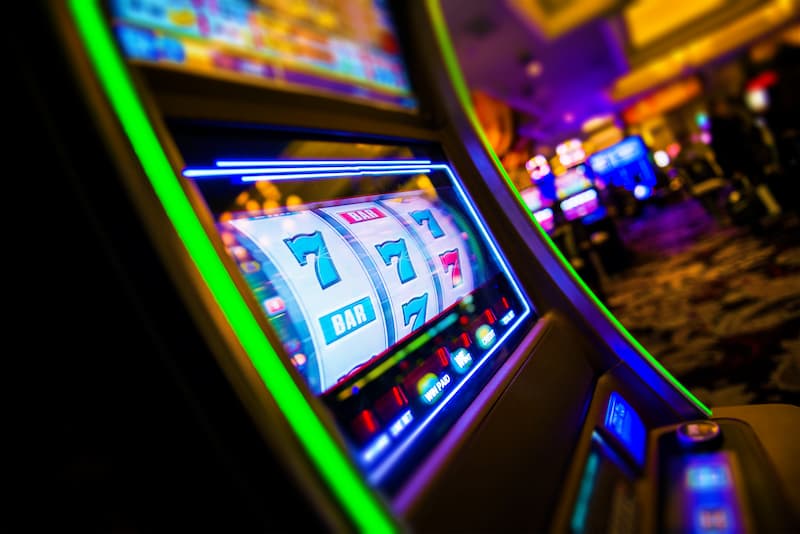
How does a Slot Machine Work?
Originally slot machine results were determined by the spinning reels, but through the years and advancements in operations, the outcomes are generated differently. Although these machines look very much like the original designs, a computer inside the machine uses a step motor to rotate the reels.
After money has been put in the machine, and the bet amount has been placed, a handle and/or play button will activate the Random Number Generator (RNG). This enables the machine to land on the first symbol, followed by the next reel and so on. More recently, the computer generation has made this process a little easier, meaning that money is not required to go into the machine before each individual spin.

On top of fairness, the complex software of a RNG drives random results, so all outcomes cannot be predicted or influenced by the player. Playing on a slot machine is exciting for the player when the result of each spin is not known. The RNG is a key factor in customers coming back to slot machines.
A programme within the machine is specifically allocated to achieve a set payback percentage. This is a predetermined amount that is paid back to the player depending on the original bet amount. Las Vegas casinos are required to have a percentage of no less than 75%, but most land based and online casinos have a payback percentage that is much higher than this amount.
Parts that make up a Slot Machine
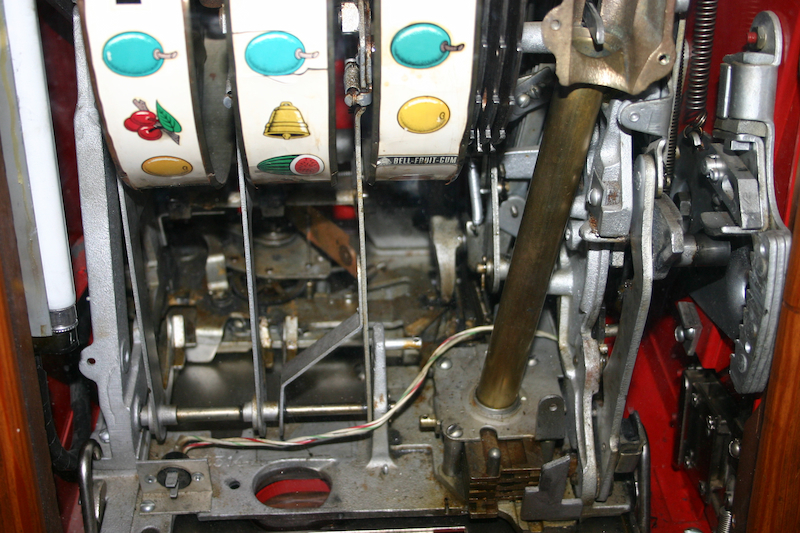
Despite the mechanics of a slot machine seeming rather simple, there is a surprisingly large number of components that make up the outside as well as the inside of these machines. Here are some of the parts that make up this large piece of gaming equipment:
- Reels – A standard slot machine has 3-5 reels which are made from metal hoops which displays the symbols. Newer devices use machines to simulate this spinning motion.
- Play Button – Classic slots have a pulling lever, known as a one-arm-bandit, however these days there is just a button. It is, however, responsible for helping you set how much you want to bet and how many lines you wish to include per bet.
- Paylines/Paytable – This refers to the possible winning combinations that you can get, and the amount you can win compared to how much you have bet. These numbers vary greatly depending on the type of slot game that you are playing. All amounts can be found in the information section of the game.
- Random Number Generator (RNG) – An RNG is a software that enables each spin on the slot machine to be randomised. This is essential in all gambling devices to ensure fairness.
Manufacturing Process
Production of these machines is done in a secure warehouse and contains many specific steps to ensure that all of them are uniform.
First the bulkhead, the upper part of the cabinet, is assembled. This houses all of the gaming components including the audio amplifier, the circuit boards and the electronic counter that tracks what is inserted into and ejected from the machine. This entire mechanism is made out of lightweight sheet metal.
A bill acceptor and ticket printer are then both installed, followed by a serial number engraving on the base of the cabinet, which is a legal requirement for all machines. Next, both doors are installed, the upper door that frames the reels, and the lower door with an LED panel that contains the illuminated buttons.
Two circuit boards are then installed for scoreboard and the LED panel which is covered in a chemically treated glass that conducts electricity to make it cheat-proof. This is followed by a glass window that is mounted over the anti-tampering glass. A touchscreen is installed to display payout information that technicians use for machine configuration. Then lastly the reels are snapped into place which run on an electrical connection.
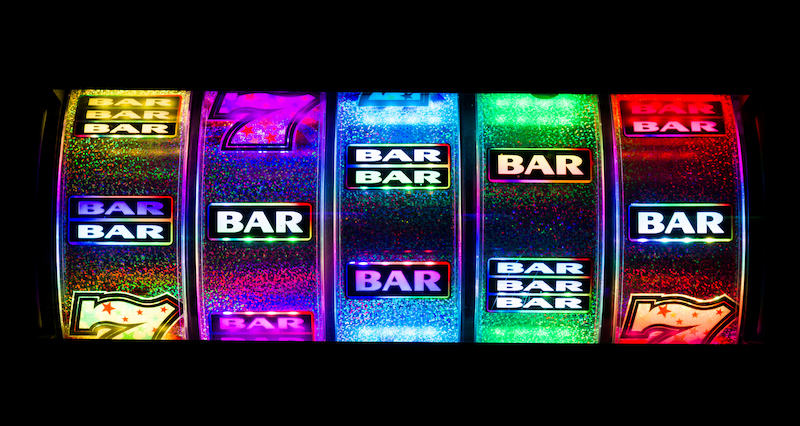
After the machine body is built, the brain is added. This is an operating system which is on a programmed microchip within the internal computer of the slot machine. This holds all information pertinent to the mechanics of the game including the paytable. The paytable displays all of the rules for the player, as well as all values of the symbols that are found on the reels.
If you’re building an older model, then you may also attach the arm mechanism which is pulled before each spin. Lastly, an extensive quality control check is carried out before any machines are shipped out to their new homes.

